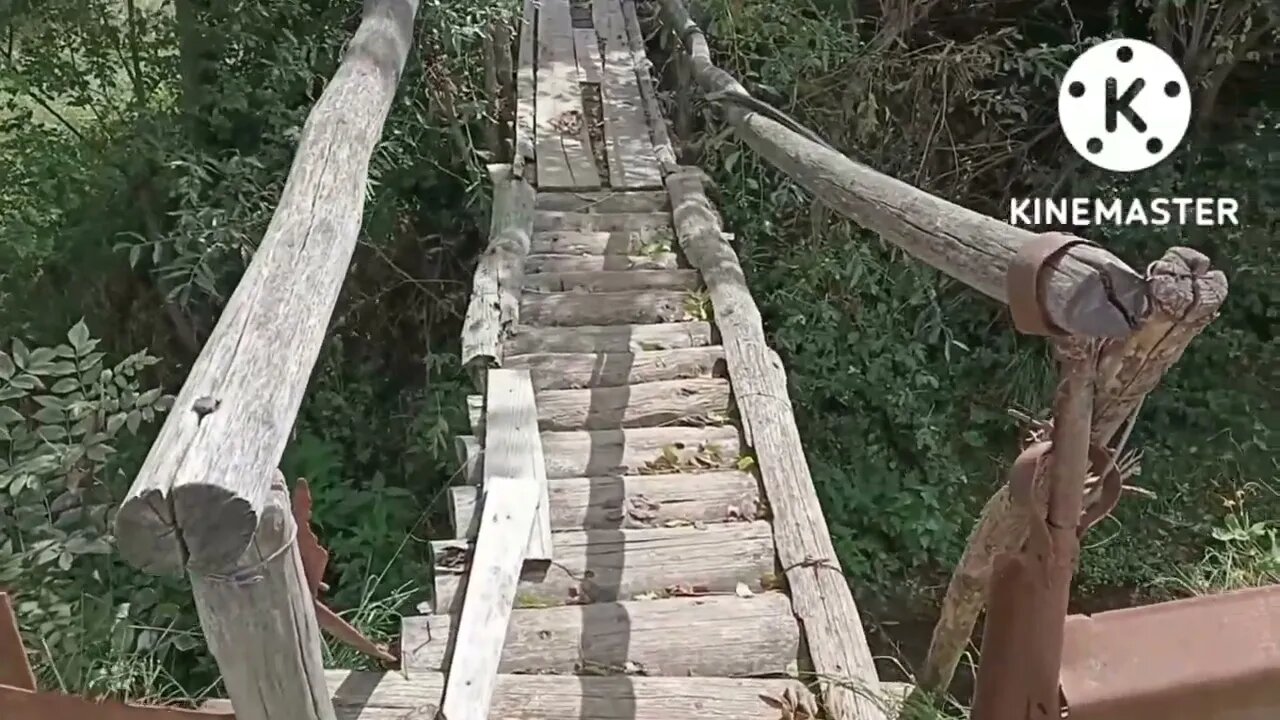Premium Only Content

Filea de jos Cluj Romania #romania #cluj
Filea de jos Cluj Romania
is located in the vicinity of the villages of Săcel , Agriș and Șutu .
Average altitude: 565 m.
The surface of the village is 3 square kilometers.
It is crossed by the Valea Filii river, a tributary of the Valea Hășdății river.
The village is surrounded by hilly land, on which wheat and corn are grown.
Due to the proximity to the mountain, the springs start later and are cold, due to the snow that stays on the mountain until May-June.
There is a legend, which claims that these lands would have belonged to a countess of French origin, married to a German. Her husband died in a duel and, not wanting to stay, she gave the land to the locals.
After 1848, serfdom was abolished in Transylvania and the villagers no longer had to work on the baron's land 3 days a week. They end up being appropriated: of the 44 existing families in the village, 40 are appropriated.
During this period, a primary school appeared next to the church, which was served by a single teacher, with a single class, where teaching was done in Hungarian.
In 1895, the notary appeared in the village for the first time, which drew up all documents in Hungarian, and villages such as Șutu, Pruniș, Liteni and Filea de Sus belonged to it.
After the Great Union of 1918, the large landed estates completely disappeared, as a result of a new appropriation.
Due to population growth, between 1900 and 1930 all the forests were cleared for grain cultivation and the rest for hay and grazing.
In 1930, the school was built with 2 classrooms.
In 1938, the first telephone connecting the village and the county was installed at the town hall.
In 1939, the first radio set appeared at the village priest.
On September 5, 1944, the village is invaded by German troops.
In 1952, a school with 3 classrooms was built in the village of Filea de Jos and another school with 2 classrooms in Filea de Sus, where classes 1-4 worked.
In 1958, grades 5-7 were established.
Thanks to the education law of that time, education was free and therefore, thanks to this facility, it was possible for a significant number of students from this village to attend higher courses.
-
 LIVE
LIVE
FreshandFit
7 hours agoAfter Hours w/ Girls
19,318 watching -
 1:43:40
1:43:40
Badlands Media
10 hours agoBaseless Conspiracies Ep. 142
67.4K6 -
 2:04:08
2:04:08
Inverted World Live
4 hours agoTop Secret Area 51 Project Spawns 'Invisible Enemy' | Ep. 77
36.4K4 -
 2:51:11
2:51:11
TimcastIRL
4 hours agoUNHINGED Liberals PROTEST Colbert Cancellation In NYC, Propaganda Machine IS COOKED | Timcast IRL
174K71 -
 2:42:48
2:42:48
The Quartering
4 hours agoToday's News Chat & Act 2 Of Expedition 33
51.1K4 -
 LIVE
LIVE
SpartakusLIVE
6 hours agoMonday MOTIVATION || Games w/ the BOYS into the NIGHT
533 watching -
 3:16:02
3:16:02
Barry Cunningham
5 hours agoNEWS ON THE PLOT AGAINST THE PRESIDENT AND IT'S A MOVIE NIGHT!
78.3K47 -
 2:00:32
2:00:32
Glenn Greenwald
7 hours agoWorld Finally Horrified by Israel's Atrocities in Gaza; Mass Starvation Expert Warns of Spiraling Crisis in Gaza; AOC Votes to Fund Israel's Iron Dome | SYSTEM UPDATE #489
83.2K122 -
 LIVE
LIVE
Spartan
5 hours agoSpartan - Pro Halo Player for OMiT | Scrims vs OMiT Black
203 watching -
 2:47:11
2:47:11
crgoodw1n
3 hours agoMonday stream Pt.2! Max Traders are almost here!
15.2K1